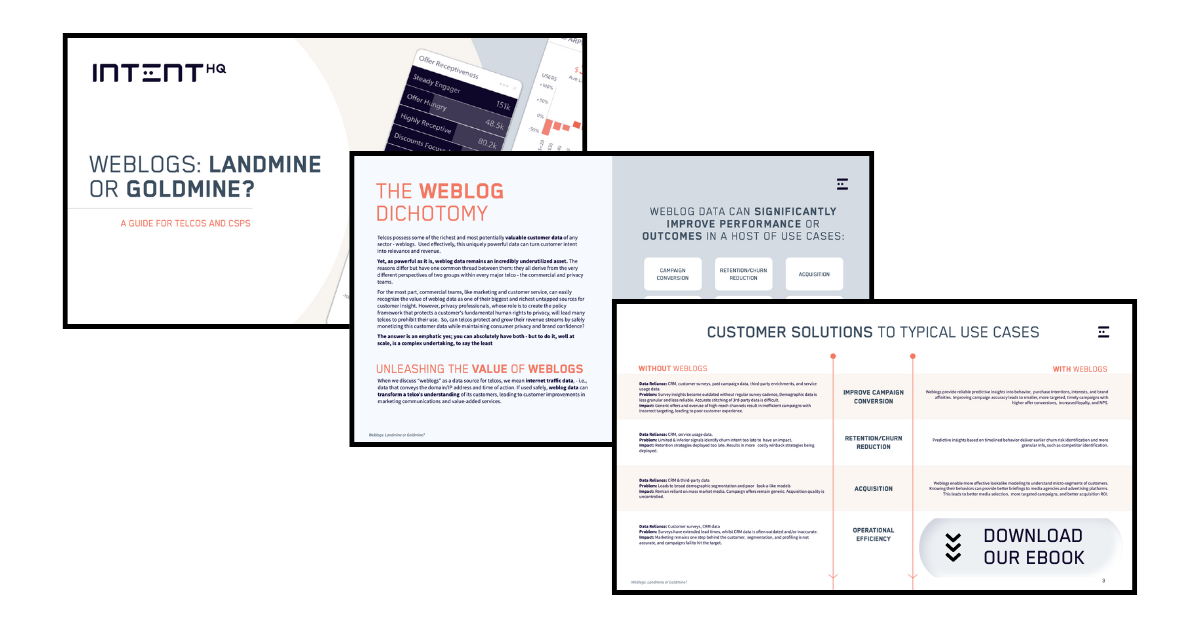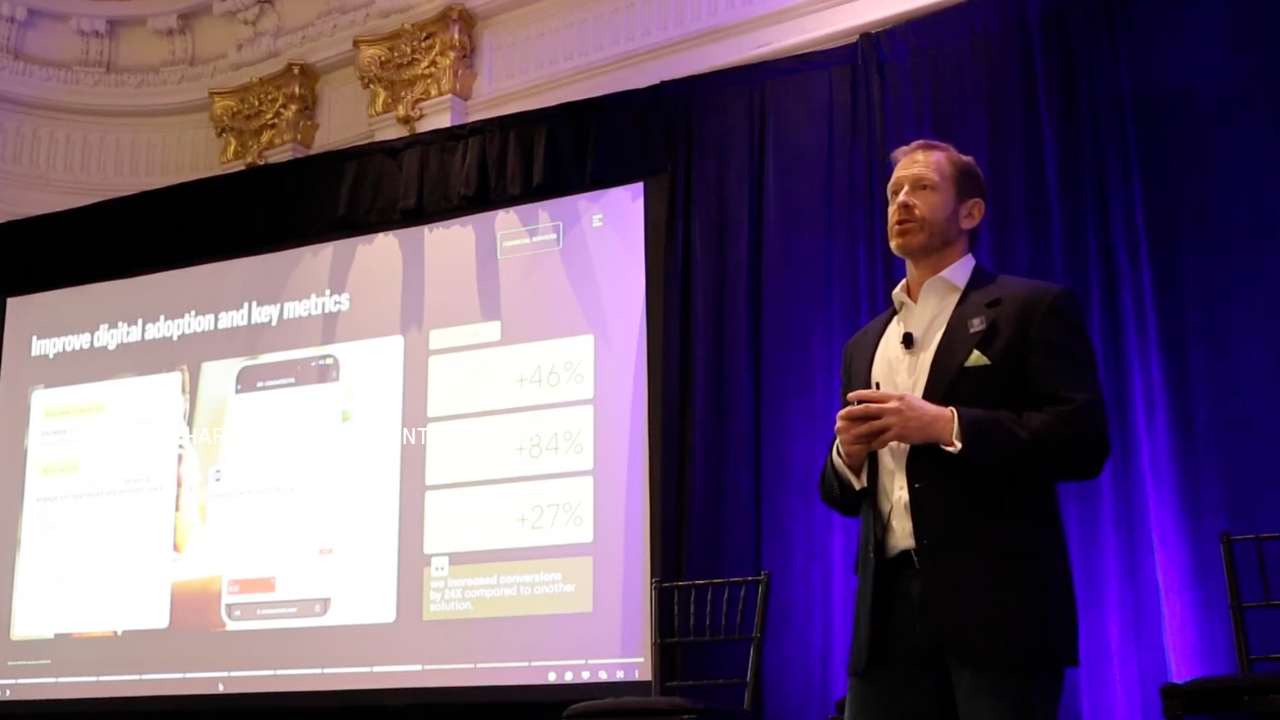Digital marketing is increasingly crowded.
If attention is the new currency, there simply isn’t enough of it to go around. Click-through rates are in the gutter, adblock use is growing, free reach on social isn’t free anymore, and organic search traffic is declining. Even great content marketers are finding it difficult to compete with the reams of high quality user-generated content on the Web.
It’s a world where a 0.1% conversion rate is considered “good” in many contexts.
In short, marketers are being drowned out, ignored, and blocked. Or at the very least, they are forced to pay a high premium for a low volume of clicks. In this very competitive environment, marketers must consider new strategies for growth.
With the historical focus on paid and earned media, owned media has seen relatively little innovation. Many tools exist to automate the mechanistic aspects of reaching your existing customers, but few use data to improve the likelihood that any given message will get through.
The next phase of digital marketing will focus less on paid media reach, where competition is high and differentiation is low, and more on owned media personalisation, where competition is low and differentiation is high.
THE OVERLOOKED ADVANTAGES OF OWNED MEDIA
Suppose your friend John emails asking if you’d like to watch the new Star Wars movie tomorrow. You see the email, read it, and reply in a timely manner. John has just accomplished a difficult feat in the modern world: he got through to you.
He didn’t use a creative team, he didn’t A/B test, and his budget was zero. He didn’t even proof-read his copy. Yet his open rate is 100%, his conversion rate is 75%, and he is immune to spam filters and ranking algorithms. His competition is basically non-existent.
Why is John’s marketing strategy so effective, cheap, and seemingly effortless? He has quite a few things going for him: a strong relationship, permission to reach you, lots of data (knowledge of who you are as a person), and a great machine learning algorithm (the human brain.)
If marketers could emulate these “human” advantages in an owned media context, they would be well on their way to launching an effective campaign.
“Having personalized conversations with each customer across multiple channels is now a must.”
— Forbes, 2016
INTEREST-BASED MARKETING: A DEFINITION
Interest-based marketing is the multi-channel engagement of your customers with individually tailored messages and experiences, powered by big data and smart machines. It blurs the lines between customer service and marketing, combining the reach of campaigns with the personalised touch of one-to-one interaction.
Critically, it must give the customer the sense that:
- they are dealing with a single entity, not a disconnected collection of entities, and;
- the entity knows something about them as a person, based on previous interactions
It’s the email offer that speaks to your hobbies and passions, the text message that invites you to a timely and interesting event, and the customer service rep who makes personalised recommendations.
Most businesses aspire to interest-based marketing, whether consciously or not, but historically not all have been able to achieve it.
SOFTWARE AND DATA MAKES THE BUSINESS CASE WORK
When marketers communicate inauthentically and en-masse, it’s usually due to the underlying economics rather than a penchant for spam.
There are two critical factors that drive the personalisation business case: the size of your customer base, and the value of each customer. Businesses with just a few customers, or with very valuable customers, can afford to personalise using human effort. Small businesses and luxury brands are good examples of each.
But as the number of customers grows and the value of each customer decreases, the economics turn from quality to quantity. Customer success becomes statistical in nature. Retail banks, grocery stores, telecommunications companies, and other mainstream consumer brands tend to fall into this category.
Fortunately, software and data offer an opportunity to bring the premium personalised experience of luxury brands and small businesses to the mainstream by making it vastly cheaper to implement and automate.
PUTTING INTEREST-BASED MARKETING INTO PRACTICE
A business that wants to take advantage of interest-based marketing needs a few things:
- an existing customer base
- owned media channels where they have permission to reach out
- the ability to remember individual customer actions
- machine learning to derive human-like insights from those actions
- the ability to connect the insights to customer touch-points and campaigns
- analytics to show how it’s all working, and improve with time
Most businesses already have in place items 1 through 3: they have customers, they can reach them, and they save at least some of the data.
But it’s the follow-through that brings the real value: what does this data tell me about my customers, and how can I leverage it in my marketing?
Intent HQ is a customer science company that has specialised technology to “finish the swing” and automate the process of using customer data to drive interest-based marketing. We are actively working with major businesses in telecommunications, retail, and finance.
In Closing
Marketers of the future will invest less in paid ads and creative teams, and more on software that helps them understand their customers as people.
This will enable them to deliver individually tailored messages and personalised conversations via owned channels, avoiding the highly competitive worlds of advertising and social media.




